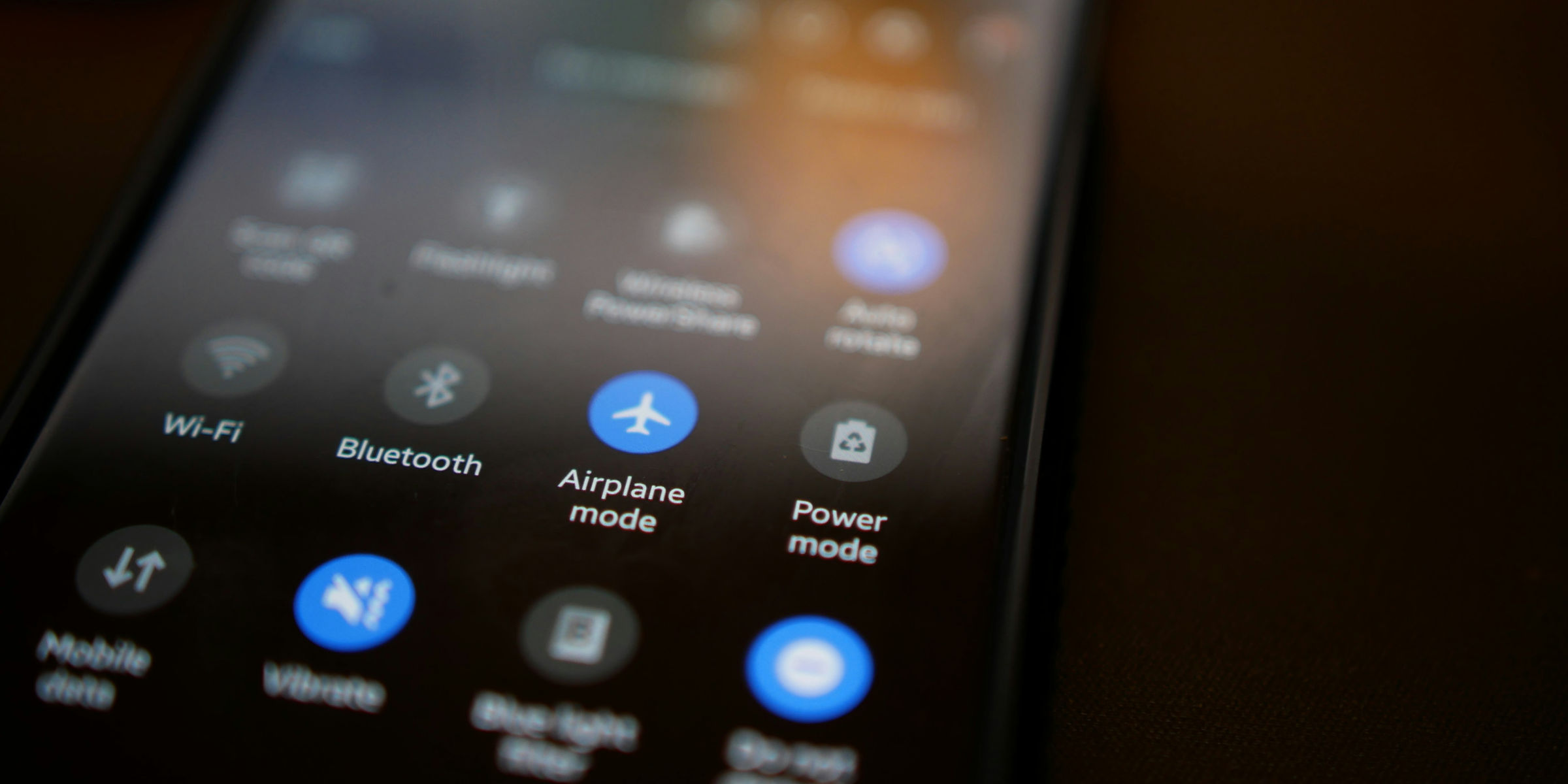Dark Mode Design Patterns: Creating Stylish and Functional UIs with CSS

In recent years, dark mode has become increasingly popular among users, offering a sleek and comfortable viewing experience, especially in low-light environments. Implementing dark mode in web interfaces requires careful consideration of color schemes, contrast, and layout. In this blog, we'll explore CSS design patterns for creating stylish and functional dark mode UIs, covering techniques to adjust visual elements effectively.
Introduction
Dark mode, also known as night mode or dark theme, is a user interface option that uses dark background colors and light text to reduce eye strain and improve readability in dimly lit environments. It has gained widespread adoption across various platforms and applications due to its aesthetic appeal and ergonomic benefits.
Benefits of Dark Mode
- Reduced eye strain: Dark mode reduces the amount of blue light emitted by screens, making it easier on the eyes, especially during extended periods of use.
- Improved readability: The high contrast between dark backgrounds and light text enhances readability, particularly in low-light conditions.
- Enhanced battery life: On devices with OLED or AMOLED displays, dark mode can help conserve battery life by emitting less light.
Implementing Dark Mode with CSS
1. Adjusting Color Schemes
When implementing dark mode, choosing appropriate colors is crucial for maintaining readability and visual appeal. Consider using shades of gray or muted colors for backgrounds and vibrant colors for accents and highlights. CSS variables can be particularly useful for defining color schemes that can easily switch between light and dark modes.
2. Managing Contrast
In dark mode, contrast becomes even more critical to ensure text and interactive elements stand out against the background. Aim for a sufficient level of contrast to maintain readability while avoiding excessive brightness that may cause discomfort. CSS properties such as color, background-color, and opacity can be adjusted to achieve optimal contrast levels.
3. Adapting Layout
In addition to color and contrast adjustments, the layout of the UI may need to be adapted for dark mode. Elements such as borders, shadows, and spacing may require modification to maintain visual hierarchy and balance. CSS flexbox and grid layout techniques can help ensure responsive and flexible designs that work well in both light and dark modes.
Best Practices for Dark Mode Design
- Test readability: Always test the readability of text and interface elements in various lighting conditions to ensure optimal legibility.
- Provide user control: Allow users to toggle between light and dark modes based on their preferences and environmental conditions.
- Consider accessibility: Pay attention to accessibility guidelines and ensure that dark mode designs are accessible to users with visual impairments.
- Optimize performance: Keep CSS files lightweight and optimized to minimize loading times and improve overall performance, especially on mobile devices.
Conclusion
Dark mode offers a visually appealing and ergonomic alternative to traditional light-themed interfaces. By applying CSS design patterns effectively, developers can create stylish and functional UIs that enhance user experience, particularly in low-light environments. Experiment with color schemes, contrast levels, and layout adjustments to find the perfect balance between aesthetics and usability in dark mode designs.
Experiment with these techniques and unleash the potential of dark mode to create immersive and user-friendly web experiences.
Consult us for free?
View More


